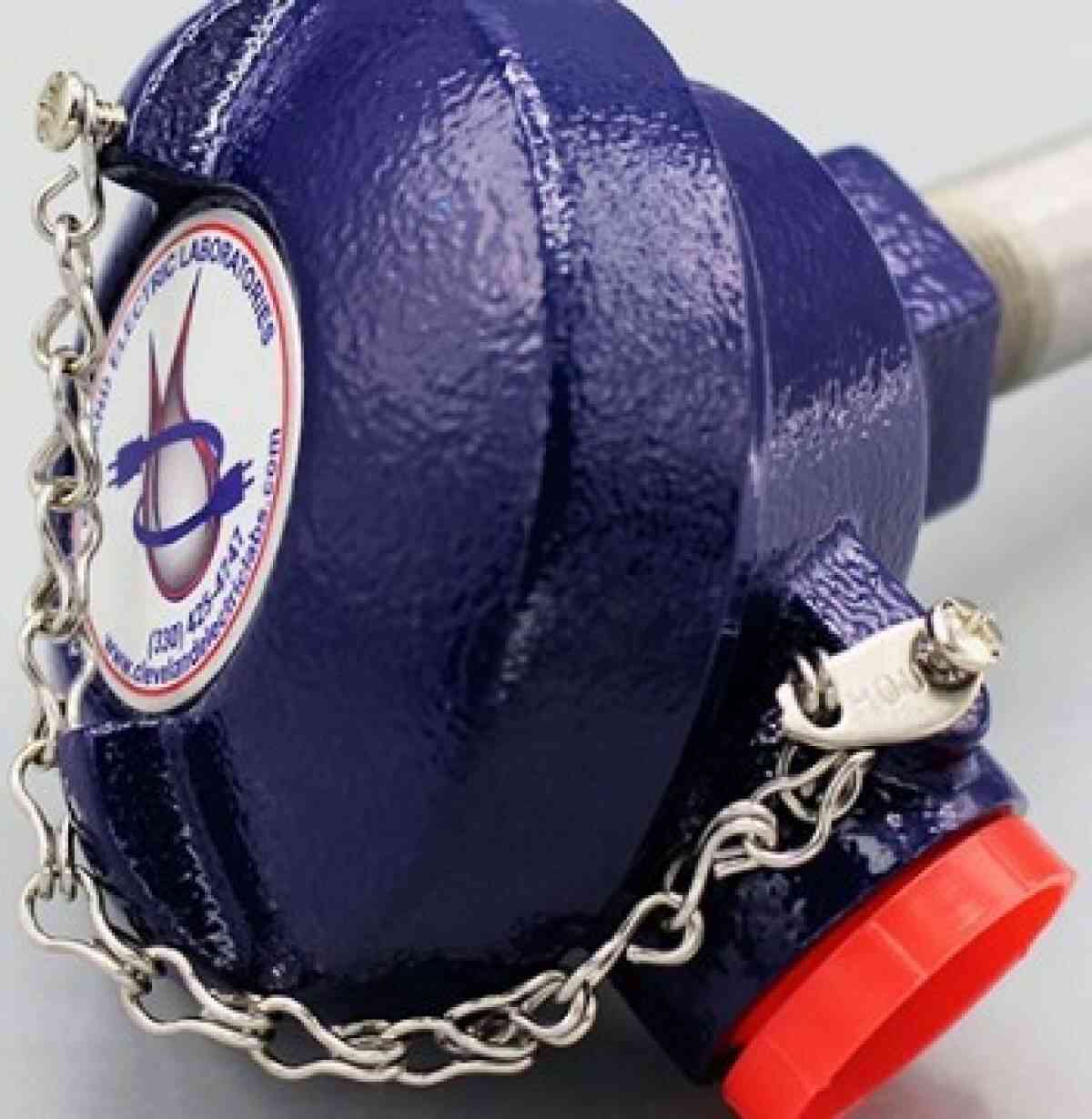What is an Industrial Thermocouple and How Does it Work?
- - Category: Electronics
- - 12 Jun, 2023
- - Views: 200
- Save

Learn how industrial thermocouples work & their importance in temperature measurement. Discover the different types & ap
Have you ever wondered how industrial machines are able to measure and regulate temperature accurately? One crucial component that makes this possible is the industrial thermocouple. But what exactly is a thermocouple, and how does it work? In this blog post, we will explore the ins and outs of industrial thermocouples and shed light on their inner workings. Whether you're a seasoned professional or simply curious about the technology behind temperature measurement, read on to learn more about this vital component.
Introduction to Industrial Thermocouples: Understanding the Basics
Industrial thermocouples are highly accurate temperature sensors that are widely used in various industrial applications. They consist of two different types of metals joined together to form a closed circuit. When one junction is exposed to high temperatures, it generates an electromotive force (EMF) that is directly proportional to the temperature difference between the two junctions.
These devices can measure extreme temperatures ranging from -270°C to 2300°C and are used in various sectors such as food processing, power generation, and chemical production. The ability of industrial thermocouples to operate accurately under harsh conditions make them ideal for use in environments where other types of sensors would fail.
They offer quick response times and can be configured into complex arrangements making them highly versatile. In addition, they do not require any external power source since they generate their own signal allowing for remote sensing.
However, like all measurement devices, proper installation and regular calibration are critical factors that determine accuracy. This article will provide an overview on what industrial thermocouples are and how they work while highlighting some common problems associated with their usage and factors to consider when choosing the right type for your specific application needs.
Types of Industrial Thermocouples and Their Applications
Types of Industrial Thermocouples are categorized based on the type of metal alloys used in their construction. The most common types are Type J, Type K, and Type T. Type J thermocouples are made of iron and constantan, while Type K thermocouples use chromel and alumel. Type T thermocouples are constructed using copper and constantan. Each type has its own temperature range and accuracy level, making them suitable for different applications. For example, Type J thermocouples are commonly used in low-temperature applications, while Type K thermocouples can withstand high temperatures up to 1,372°C. Other types of industrial thermocouples include Types E, N, R, S, and B. It is important to choose the right type of electric thermocouple for your specific application to ensure accurate temperature measurement and reliable performance.
How Does an Industrial Thermocouple Work? A Step-by-Step Guide
Industrial thermocouples are used in a variety of applications to measure and monitor temperature. They work based on the principle of Seebeck effect, which states that when two dissimilar metals are joined together at two different temperatures, a voltage is produced that is proportional to the temperature difference between them.
The industrial thermocouple consists of two wires made from different types of metal alloy. These wires are connected at one end to form the measuring junction and left open at the other end for connecting to a measuring instrument.
When there is a temperature difference between the two ends of the thermocouple wires, it generates an electrical potential across them. This potential can be measured using a digital multimeter or any other suitable device.
It's important to note that each type of industrial MGO thermocouple has its own unique output characteristics and range limitations. Therefore, proper selection and calibration must be done before installing it in your application.
In summary, an industrial thermocouple works by utilizing The Seebeck Effect for generating an electrical potential based on temperature differences between its measuring junctions.

